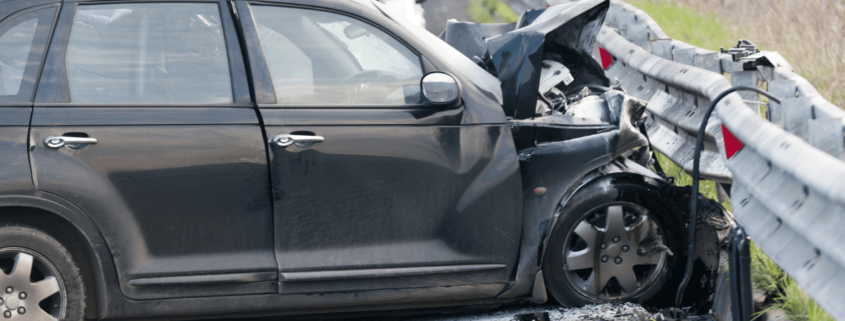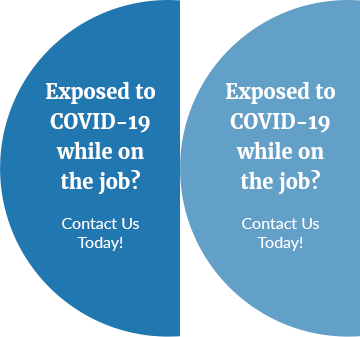How Police Reports Help Establish Fault in Pennsylvania Car Accident Cases
When you’re involved in a car accident in Pennsylvania, getting a police report is one of the most important steps in proving the other party’s liability. The police officer’s report is an official record of what happened during the accident. It provides a detailed account that is crucial for insurance companies when figuring out who is responsible.
Wondering how to start your car accident claim in Pittsburgh? Call Caroselli, Beachler & Coleman at 412-391-9860.
What Information is Included
A police report includes several key details that paint a comprehensive picture of the car accident. Basic information such as the date, time, and location of the accident is recorded. In addition to these fundamental details, police reports also often contain witness statements, which can offer valuable insights into the events leading up to the accident. Officer observations are another critical component. The report should also include both parties’ names and insurance information, making it easier to follow up after the crash.
How Police Reports Help to Determine Fault
Police reports often play a key role in figuring out who is at fault in car accident cases. These reports provide a detailed account of what happened, helping insurance companies and courts make informed decisions. They include various pieces of evidence such as:
- Skid Marks – Skid marks left on the road can indicate the speed at which a vehicle was traveling before attempting to stop. They can also show the direction of the vehicle and whether the driver tried to swerve to avoid the collision.
- Damage to Vehicles – The extent and location of damage to the vehicles involved can help reconstruct how the accident occurred. This can reveal the points of impact and the severity of the collision.
- Witness Statements – Statements from witnesses provide an unbiased account of the events leading up to the accident. They can confirm or contradict the drivers’ versions of what happened, offering additional perspectives.
- Photographs – Photographs taken at the scene capture crucial details like the position of the vehicles, road conditions, and visible injuries. These can serve as visual evidence to support the written report.
- Driver Statements – The initial statements from the drivers involved are recorded in the report. These statements can offer insight into their actions and reactions during the accident.
- Weather Conditions – The officer notes the weather conditions at the time of the accident, which can be a significant factor. For instance, adverse weather like rain or snow might have contributed to the crash.
- Citations Issued – Any citations issued by the officer at the scene are included in the report. These can indicate violations of traffic laws, such as speeding or running a red light, and play a key role in determining fault.
Officers also include their observations in the report, such as the condition of the road and weather at the time of the accident. Police officers can even make an initial assessment of who is likely at fault. While this assessment is not the end-all and be-all of the accident, it can strongly influence how insurance companies decide who should pay for damages.
They may also have observations of the drivers that come into play during the investigation. For example, if they note that one driver is slurring their words and appears to be inebriated, that can go a long way in proving liability. They often pair these observations with any citations given at the scene, which can further help you prove your case. In this case, a driver who hit you and was then arrested for driving under the influence would almost certainly be at fault.
Making Sure Your Side is Included in the Police Report
To make sure your side of the story is included in the police report, it’s important to be clear and honest when speaking with the officer at the scene. Provide a straightforward account of what happened, focusing on the facts. Avoid exaggerating or guessing what happened, as this can hurt your credibility. If you notice any mistakes or missing information in the report later on, you can request that the officer correct it.
This can be hard if the other driver is aggressive or pushy. But you cannot let them be the sole voice in the police report—you can talk to the police alone if needed to ensure that you are not bullied into silence. It can be hard to stand up for yourself, especially when you’re shaken up from a car accident, but doing so can save your personal injury claim.
Common Misconceptions
One common misconception is that the police report alone decides who is at fault. While the report is an important piece of evidence, it doesn’t automatically determine liability. Insurance adjusters do their own investigations after finding out that an accident has occurred. Although they use the police report, they also use other pieces of evidence, including statements from both parties.
Remember, though, that insurance companies often want to investigate and close a claim as quickly as possible to save time and money—especially when their own client is at fault. If you want to be treated fairly by the other driver’s insurance company, hiring a car accident attorney is important.
Another misconception is that the officer’s first assessment of fault is final. This is not true. Although the officer’s opinion can be influential, it’s not legally binding. If new evidence comes up, such as additional witness testimonies or video footage, the conclusions drawn from the police report can change.
Some people think that if there are mistakes in the police report, it cannot be corrected. This is also incorrect. You have the right to request changes if you find errors or missing information. Doing this can help ensure the report is as accurate as possible, which can be crucial in resolving the case.
Take the Next Step with Caroselli, Beachler & Coleman
The team at Caroselli, Beachler & Coleman can help you demand fair and full compensation. Give us a call at 412-391-9860 or get in touch online to set up a consultation.






